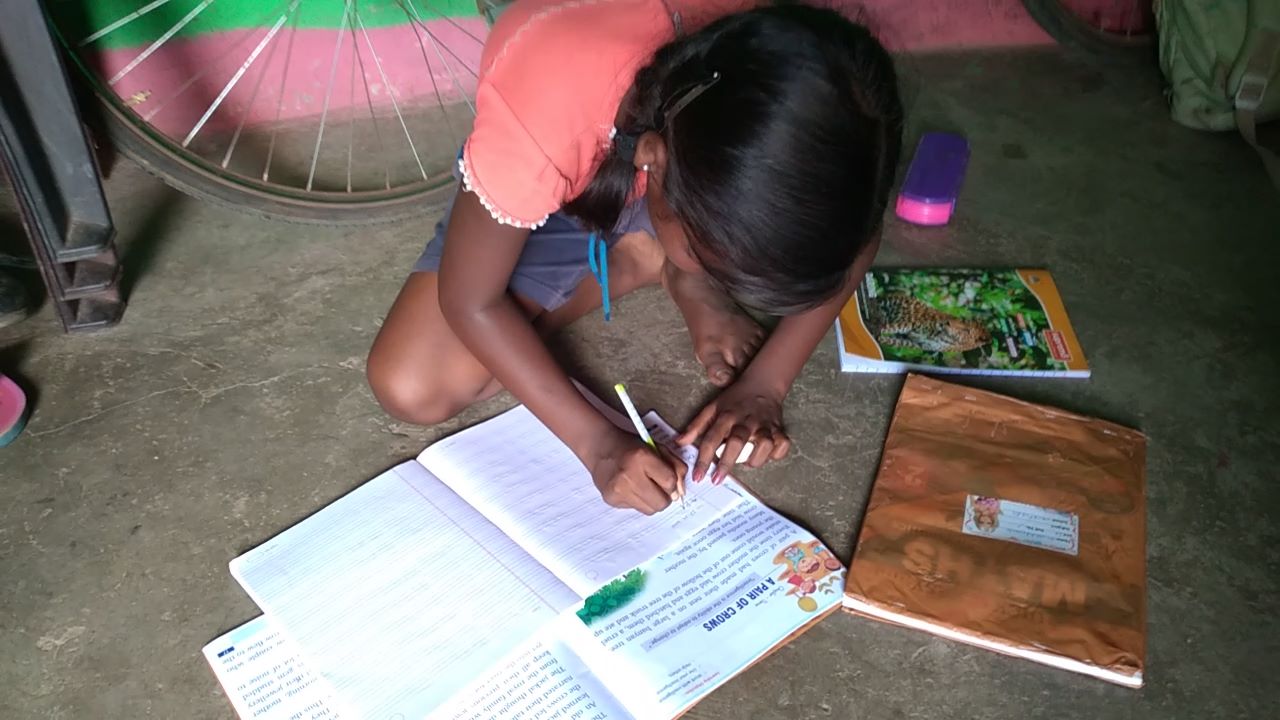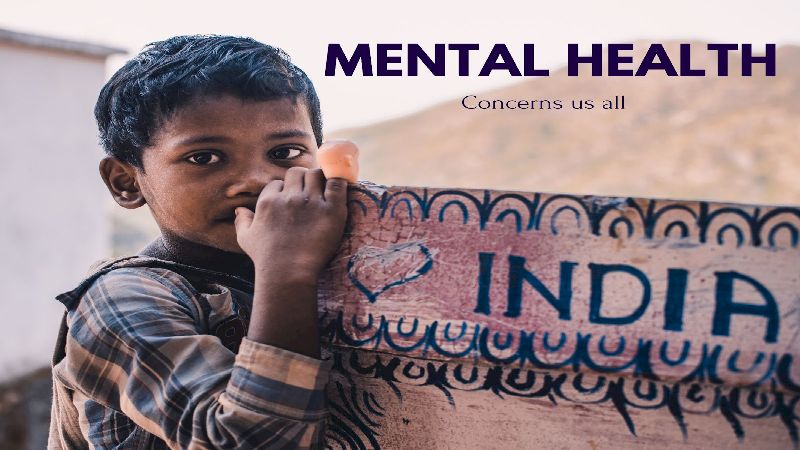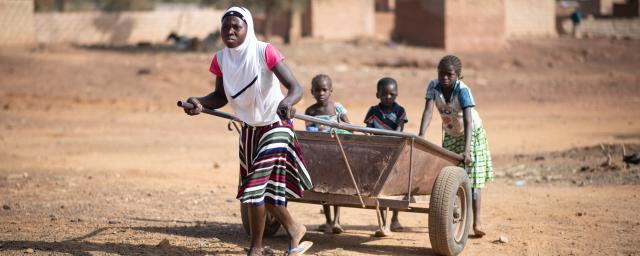Feminisation of Poverty
Poverty is a complex issue, influenced by a diverse range of factors that necessitate a comprehensive strategy. Gender-based discrimination plays a central role in perpetuating inequality, intricately intertwined with the very nature of poverty. The concept of the “Feminization of Poverty” brings to light the alarming prevalence of poverty among females, particularly impacting single mothers. Several interconnected factors contribute to this phenomenon, encompassing limited access to resources, uncompensated labour, restricted educational prospects, and inadequate social safety nets. While the recognition of gender-related poverty dates back to the 1970s, standardized poverty measures often overlook the gender-specific dimensions. Insufficient and fragmented data obstruct a thorough economic evaluation, making it challenging to precisely comprehend the extent of female poverty
Contributing Factors:
Unpaid Work:
The embedded gender dynamics perpetuate an unequal distribution of responsibilities, leaving women with limited economic agency and reliant on their partners. The unfair allocation of unpaid tasks perpetuates gender-based differences in the workplace and financial independence.
Lack of Access to Credit:
Women face restrictions that restrict their access to financial opportunities, such as credit and innovative entrepreneurial pursuits. The rules and norms of society can constrain women’s potential to purchase assets or get loans. The denial of land rights further exacerbates financial hardships for women in certain regions.
Lack of Education:
Limited access to educational resources based on gender impedes women’s employment prospects. In India, particularly in rural regions, young girls encounter obstacles in obtaining an education as a consequence of gender-related prejudices and hazardous settings. The existing circumstances create a cycle of deprivation, preventing those affected from acquiring improved economic prospects.
Inadequate Access to Healthcare:
In India, women live longer than men, despite persistent gender health disparities. These critical areas of well-being remain largely overlooked. The scarcity of essential healthcare tools deepens the plight of women, impacting their overall fortitude and wellness.
Lack of Social Protection:
Insufficient coverage of social protection programs leaves Indian women economically exposed. Disparities in resource availability arise from gendered policy design and enforcement. Insufficient maternal protection and unpaid parental leave obstruct women’s economic progress and augment poverty.
Examining Through a Feminist Lens:
A feminist perspective unveils the deeper implications of the feminisation of poverty. It challenges systemic gender norms perpetuated by institutions and emphasises the need for equal rights and opportunities. Gender-neutral policies and initiatives can empower women economically and bridge gender disparities.
Solutions:
Promoting Education:
Early education holds the key to unlocking the potential of Indian females. Women can expand their financial horizons through educational pursuits, unlocking increased job security and independence.
Micro-Financing for Women:
Microcredit initiatives tailored to women’s needs can provide them with opportunities to start and grow businesses. These initiatives should be designed to overcome structural barriers and support women in building sustainable livelihoods
Enhancing Social Protection Schemes:
Governments must prioritise inclusive social protection programs that address the needs of vulnerable populations, including women in informal sectors and high-risk groups. Adequate maternity protection and parental leave policies ensure women’s economic security.
Conclusion:
In India, the rise in female poverty has become an intricate problem involving diverse factors beyond just financial constraints. Gaining insight into its fundamentals, assessing its impact, and executing relevant strategies are essential for progress toward gender equity, economic improvement, and socially inclusive development. By embracing feminist ideologies, empowering women through education, micro-financing, and robust social protection schemes, societies can pave the way for a more equitable future.











0 Comments